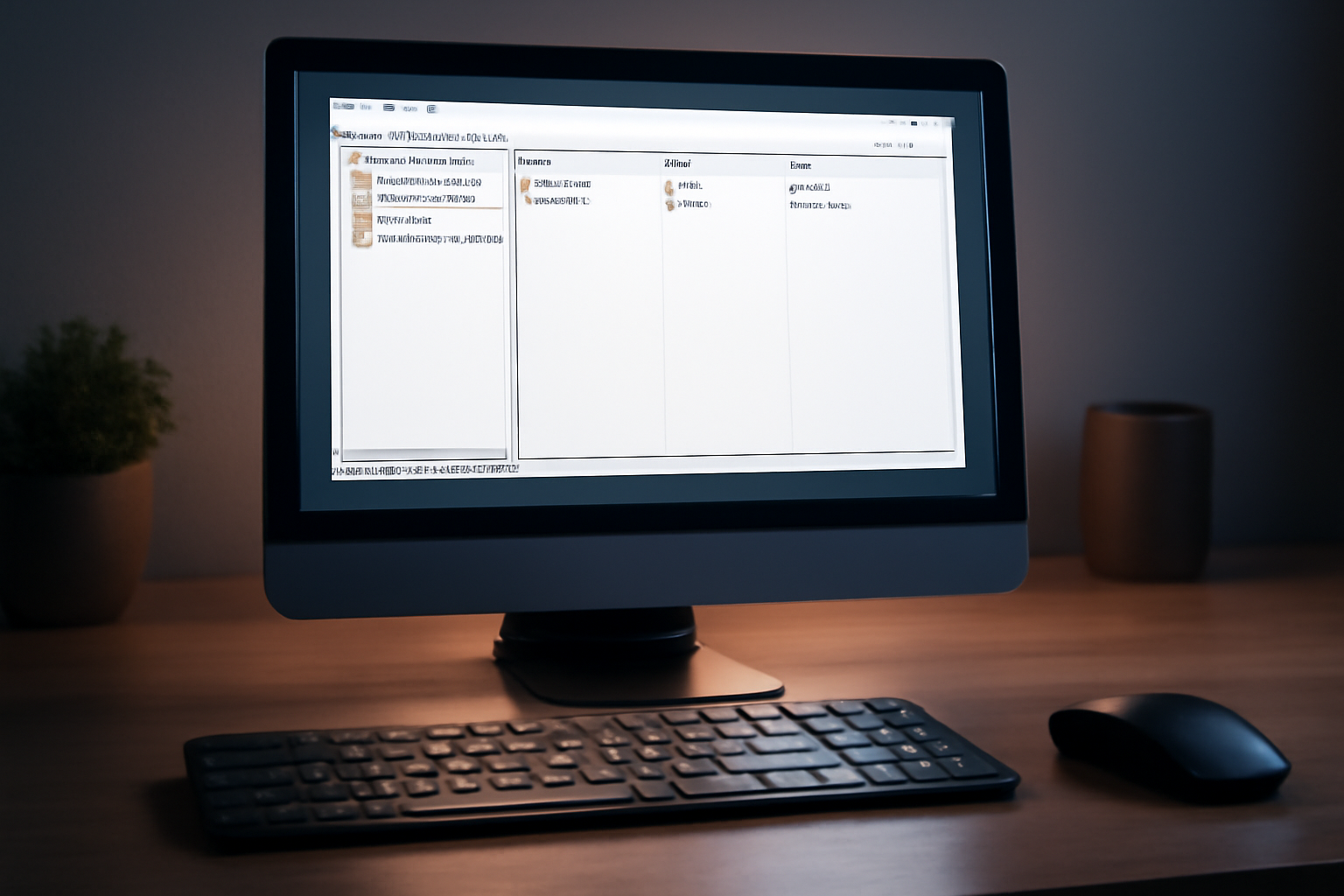How to Disable Automatic Windows Updates by Restarting Your PC
Windows Update is an essential feature that keeps your PC secure and up to date with the latest patches and improvements. However, some users find the automatic update process intrusive or disruptive, especially when updates restart the computer at inconvenient times. If you want more control over when updates occur, there are ways to temporarily disable automatic updates — including a simple trick involving restarting your PC.
Why Disable Automatic Windows Updates?
Automatic updates are designed to ensure your system remains protected against vulnerabilities and runs smoothly with the latest features. But sometimes, forced restarts can interrupt your workflow or cause frustration, particularly during critical tasks or gaming sessions.
Disabling automatic updates allows you to:
- Choose when to install updates rather than having Windows decide for you.
- Avoid unexpected restarts that can cause data loss or interrupt important work.
- Improve system stability temporarily if an update is known to cause issues.
Restart Your PC to Disable Automatic Updates
One straightforward method to disable the automatic update feature is by restarting your PC. When you restart, Windows Update will temporarily stop checking for and installing updates until you manually enable them again.
Here’s what happens when you restart your PC:
- Windows clears some of the update-related processes running in the background.
- The automatic updates service is temporarily paused.
- This pause allows you to regain control over when updates are installed.
Important: This method is a temporary fix. After some time, Windows will resume automatic updates unless you take additional steps to disable or configure the update settings.
How to Take More Control Over Windows Updates
If you want to go beyond just restarting to pause updates, consider these options:
1. Change Active Hours
Windows allows you to set “Active Hours” during which it won’t automatically restart your PC to install updates.
- Go to Settings > Update & Security > Windows Update.
- Click on Change active hours.
- Set the time range when you usually use your PC.
2. Pause Updates Temporarily
You can pause updates for up to 35 days:
- Navigate to Settings > Update & Security > Windows Update.
- Click Pause updates for 7 days. You can repeat this until the maximum pause period is reached.
3. Use Group Policy or Registry Tweaks (Advanced Users)
For more permanent control, you can disable Windows Update services via Group Policy or registry edits. This method requires caution and some technical knowledge.
For detailed instructions on useful registry tweaks to make Windows more tolerable, check out this excellent guide by XDA Developers.
Why You Should Be Cautious About Disabling Updates
While it’s tempting to stop automatic updates, remember that these updates often include:
- Security patches that protect your PC from viruses and malware.
- Bug fixes that improve system stability and performance.
- New features and improvements that enhance your Windows experience.
Disabling updates for too long can leave your PC vulnerable to attacks or software incompatibility issues. Always make sure to install important updates as soon as it’s convenient.
Final Thoughts
Restarting your PC to temporarily disable automatic updates is a quick and easy trick to gain control over Windows Update. However, it’s only a short-term solution. For more lasting control, explore Windows’ built-in settings like Active Hours or Pause Updates, or consider advanced options if you’re comfortable with system tweaks.
Remember, keeping your system updated is vital for security and performance, so use these options wisely.
For more tips on optimizing your Windows experience, visit XDA Developers.

Leave a Reply